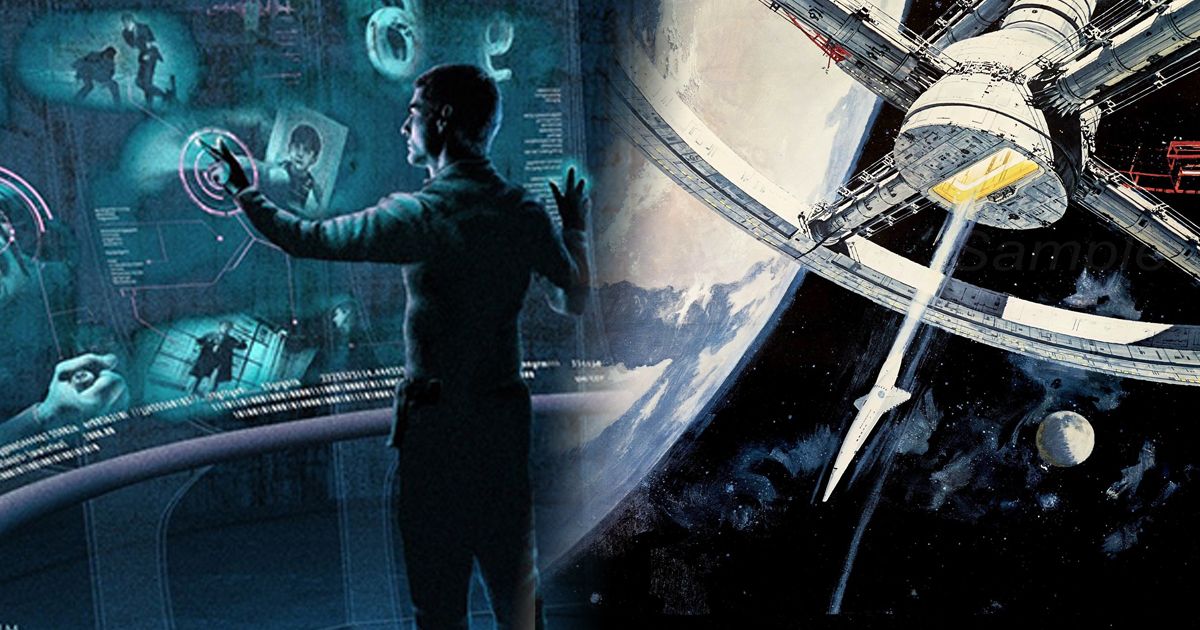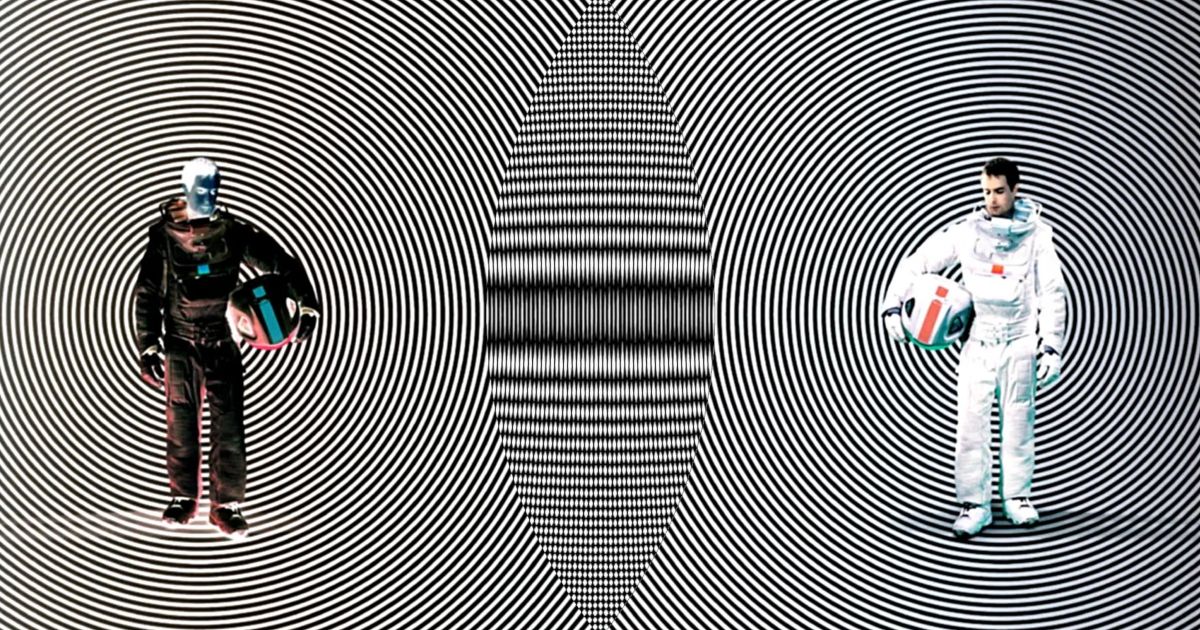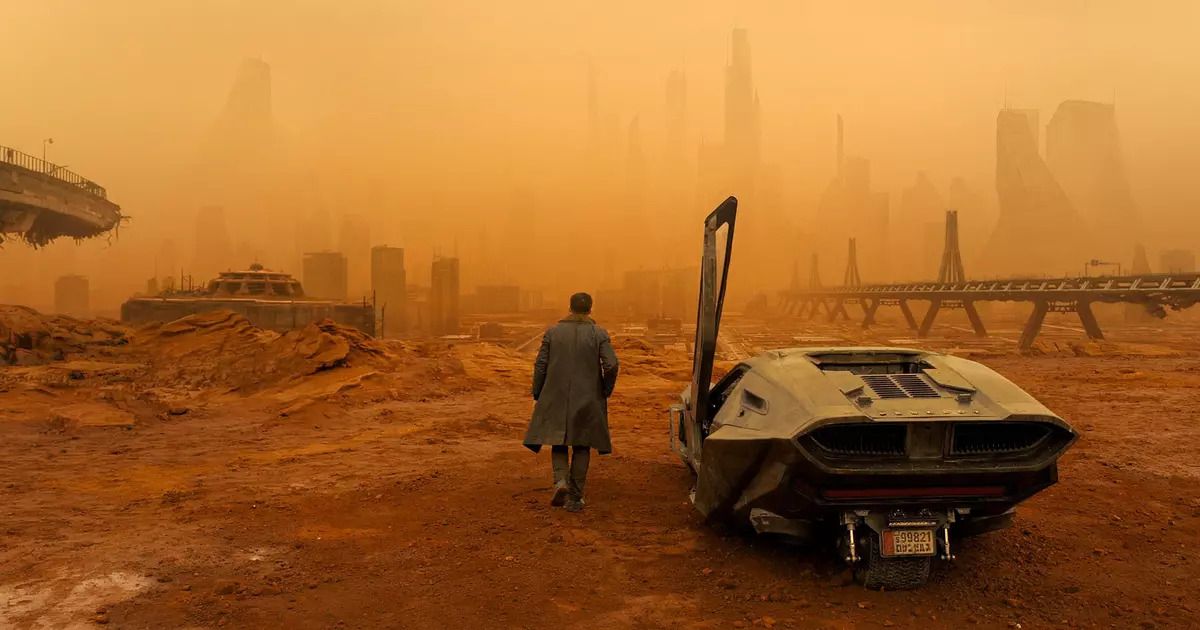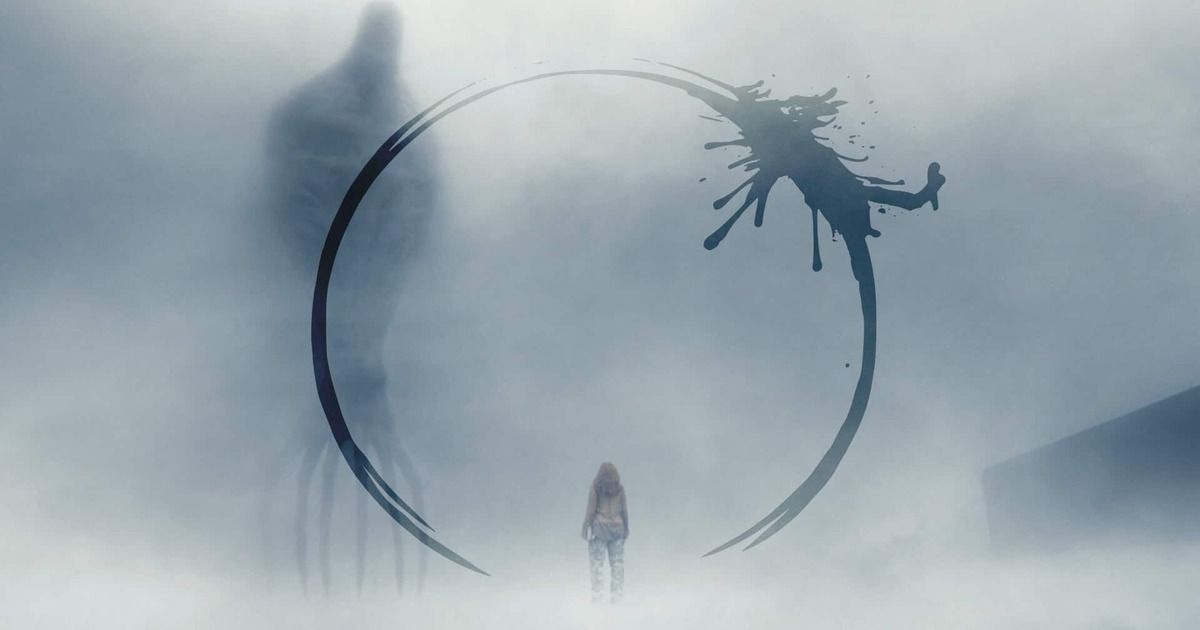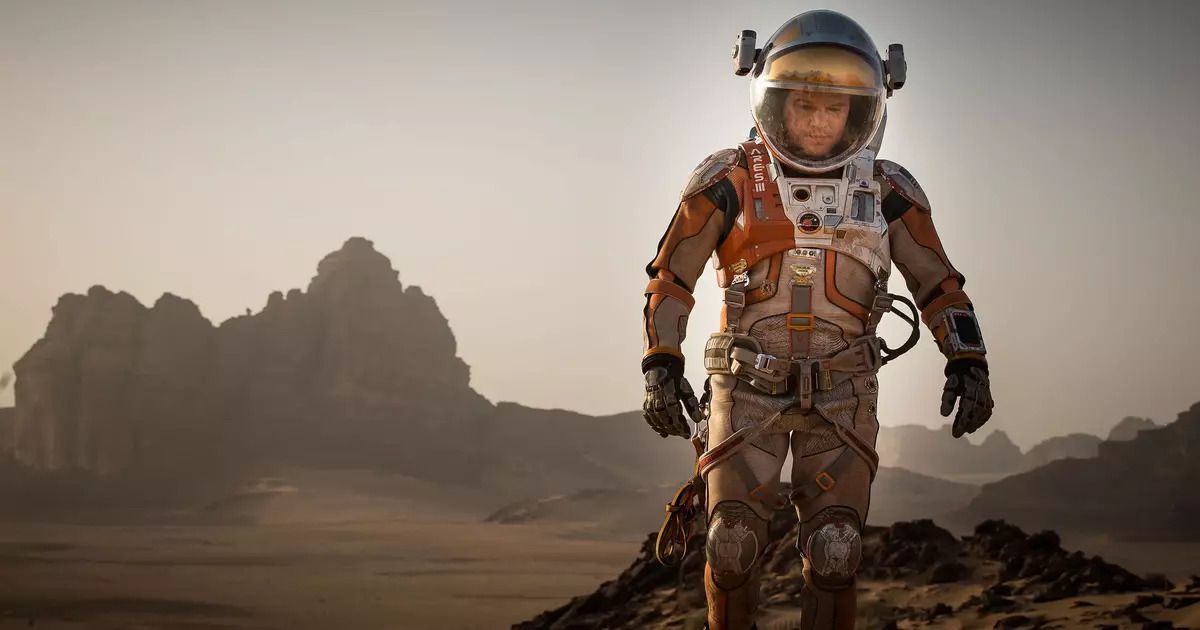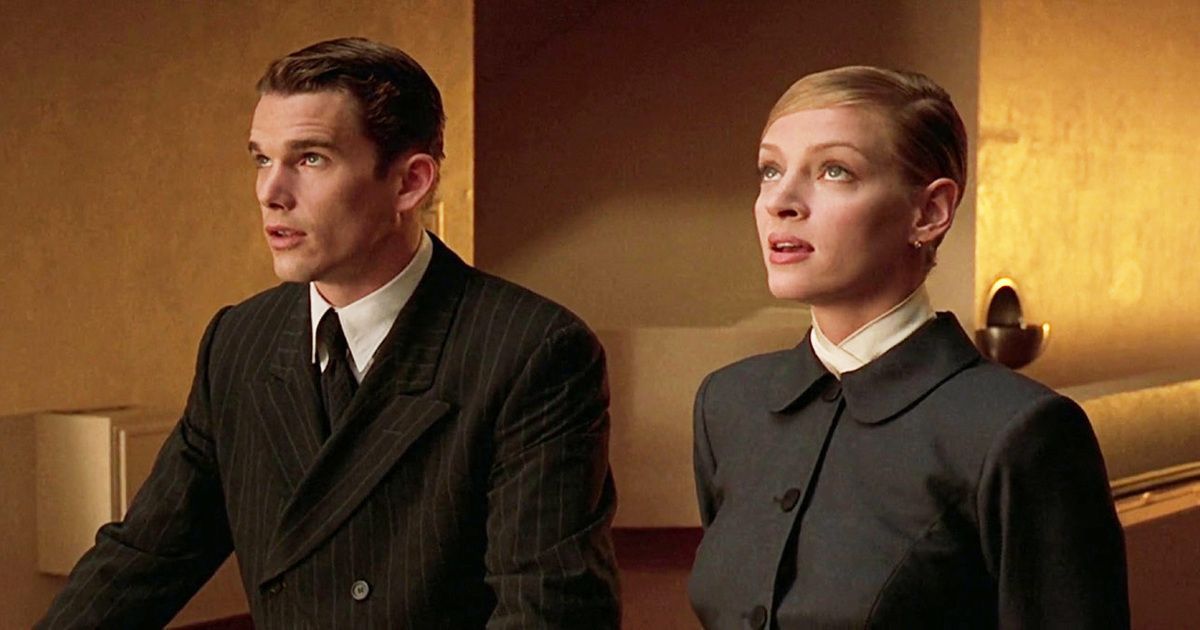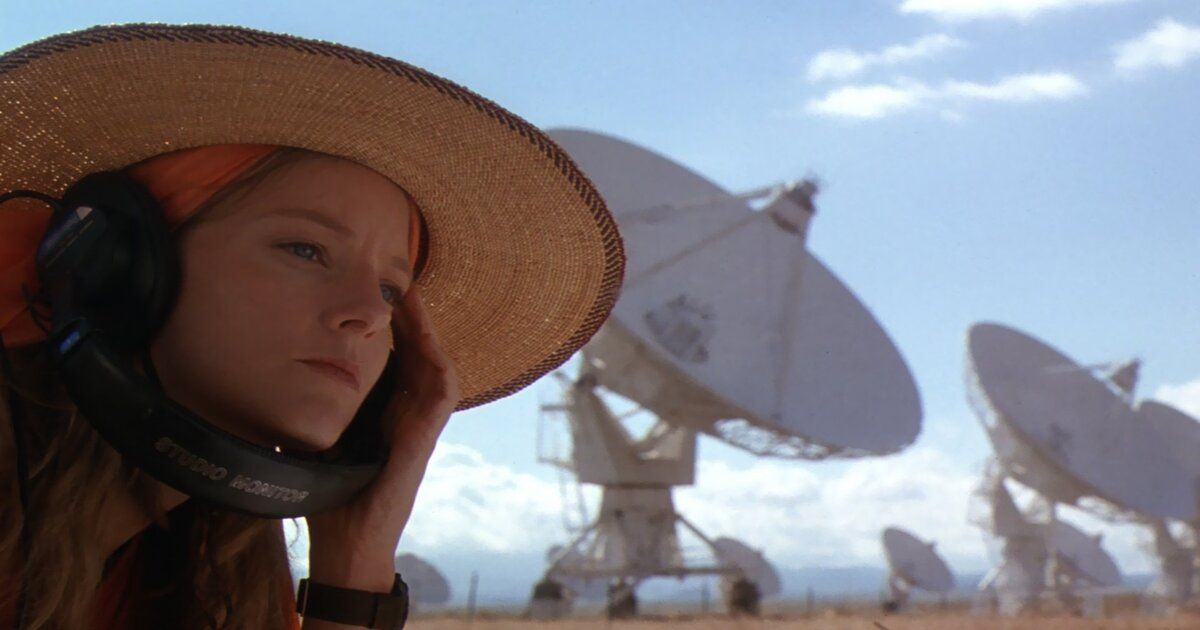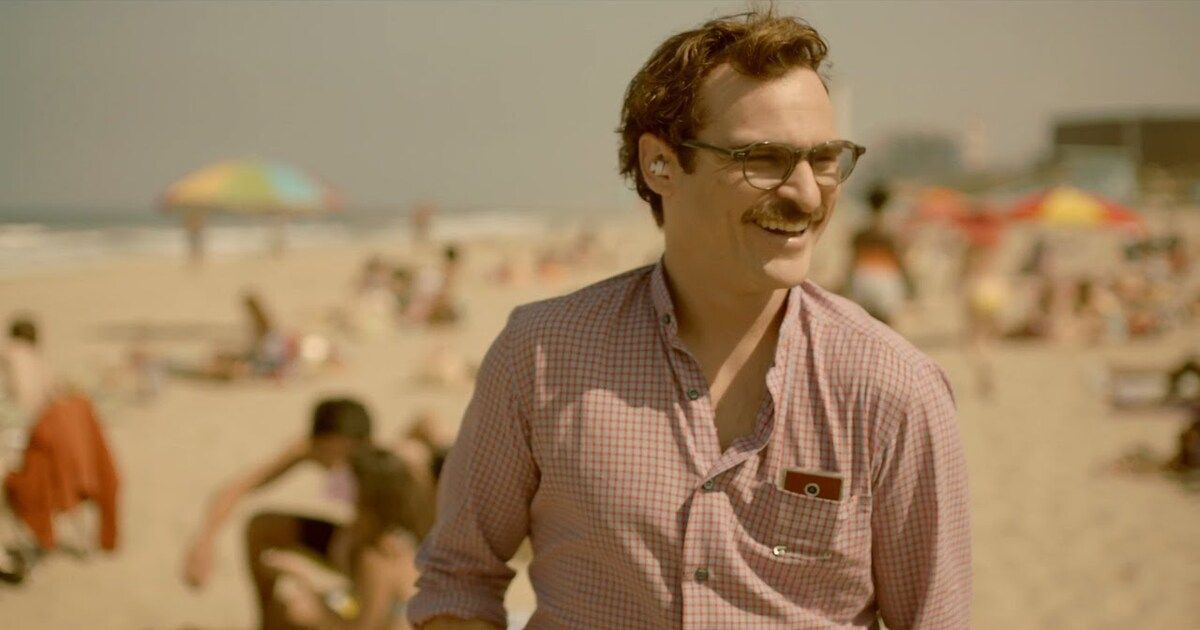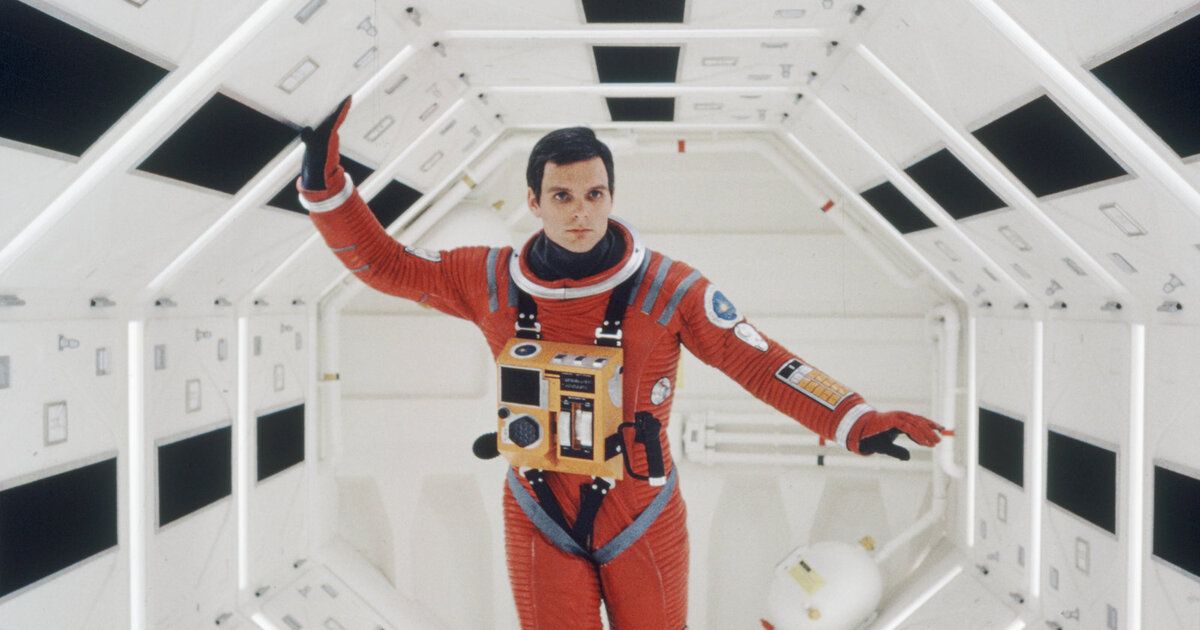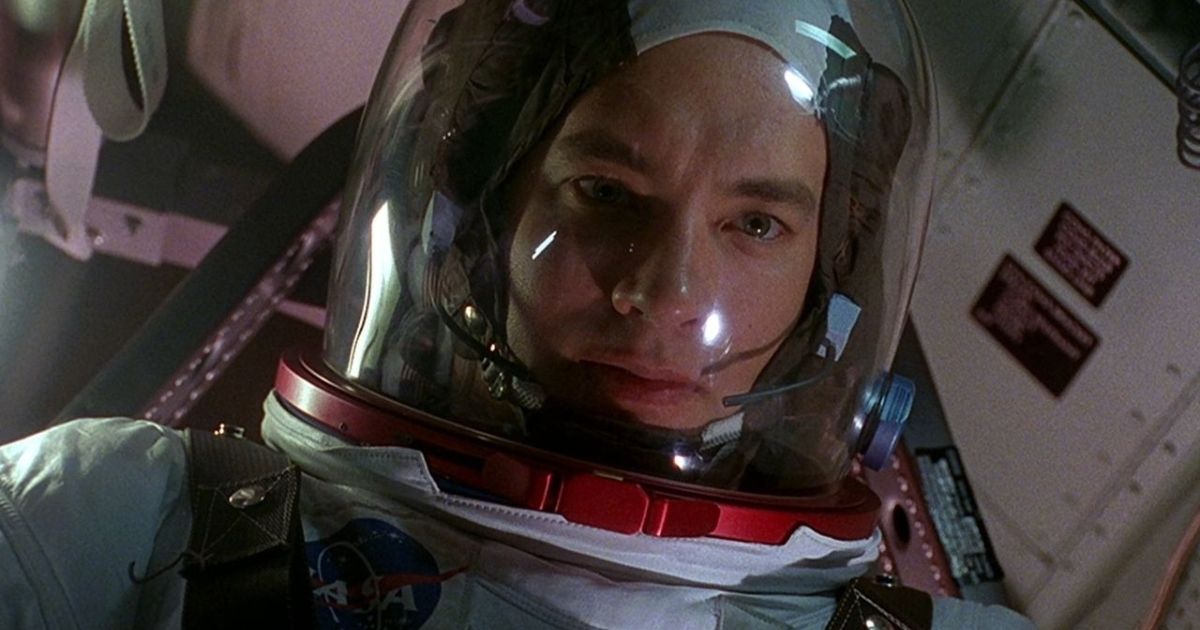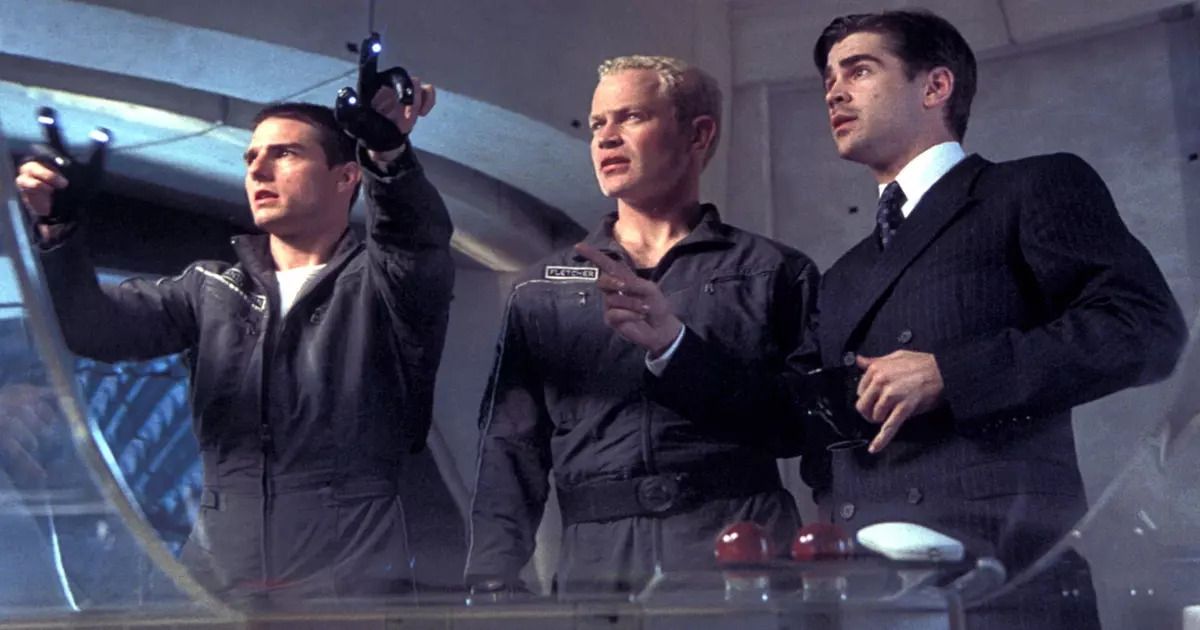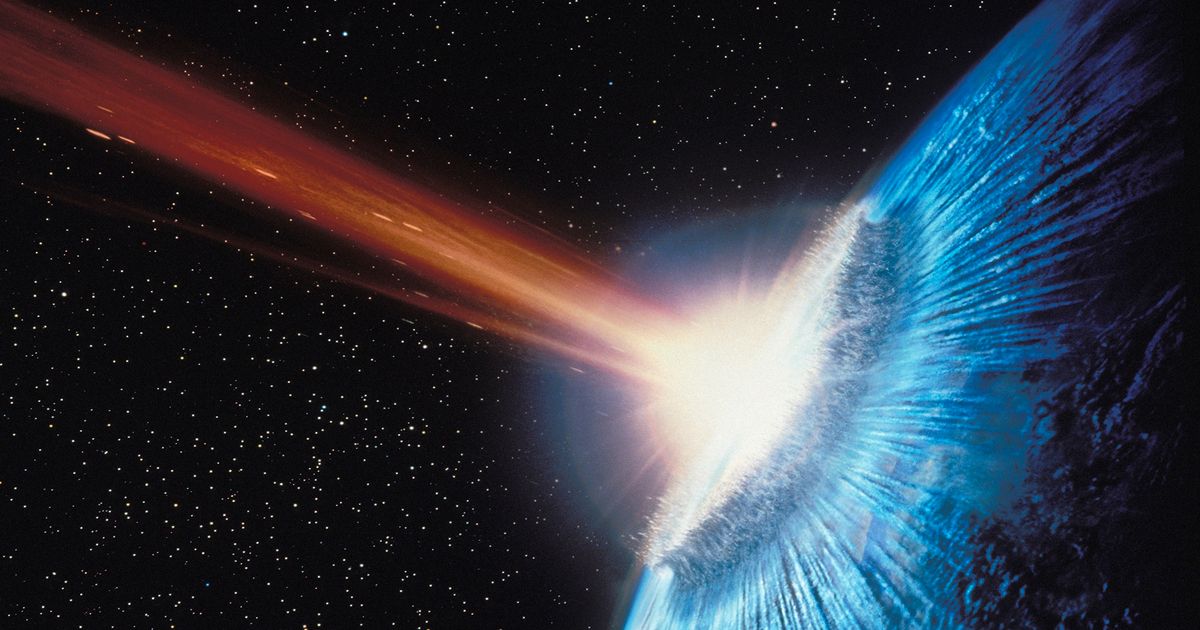Science Fiction is a popular genre that takes aspects of real-life science and amplifies it into something that is fictional. For example, Jurassic Park takes the concept of recreating dangerous dinosaurs to a new level by advancing the science of it. However, there is some science in these films that could actually be applied to real life.
Throughout the film industry, science fiction is becoming more science and less fiction. Keep in mind that every one of these films has some aspect that is fictional, or has been enhanced for the sake of entertainment, but these films have a greater level of overall accuracy that makes them stand out as scientifically accurate.
Updated on June 30, 2023, by Evan Lewis: To keep this article fresh and relevant, we've added more information, entries, and additional content.
13 Moon (2009)
Moon is a movie that went under the radar for the most part. That is a shame because it is one of the best sci-fi flicks out there. What makes it so accurate scientifically is the main character's objective, which is to mine a specific resource from the moon. This resource is called helium-3, and Earth's moon carries it in great amounts.
While the premise of helium-3 being used as our primary source of energy is debated, everything from the film including the lunar mining, energy, and shipcrafts all fall within what is generally accepted and proven in the field. Moon deserves credit for much more than just this aspect, but it is considered to be one of its biggest draws.
12 The Andromeda Strain (1971)
The Andromeda Strain adapts the book of the same name by Michael Crichton. The film follows a US research satellite that makes an unplanned (and violent) detour to a small town in Arizona. Some of the most qualified minds in the field of science are deployed to investigate this crash after it is discovered that a deadly virus caused the deaths of most people residing in the town.
As suggested by the title, the virus comes from someplace extraterrestrial, therefore, is completely foreign to the scientists who arrived. The Andromeda Strain takes only one liberty, which is the plausibility of finding an extraterrestrial virus. The rest of what is shown is accurate to what we know about viruses and could very much happen with ancient viruses we already study on our own planet. The fact that it is an extraterrestrial virus only makes things more terrifying.
11 Blade Runner 2049 (2017)
Blade Runner 2049 follows LAPD replicant K (Ryan Gosling) as he discovers the dark secret of another replicant who gave birth. The film follows K as he searches for the child and discovers more than he bargained for. This sequel to the original 1982 hit Blade Runner featured a realistic depiction of climate change and how, if left unchecked, it will ravage the planet and turn Earth into a barren wasteland.
The state of the climate throughout the film is dire, and while it is not realistic of what the planet will look like in 2049, it is an accurate portrayal of how climate change could ultimately affect the planet in the next few decades. The film feels more in the present than it does in the future, based on both the technology and the state of the planet.
10 Arrival (2016)
When spaceships of unknown origin land in 12 different locations on Earth, linguistics professor Louise Banks (Amy Adams) is called to lead the investigation. The crew is running against the clock to find a way to communicate with the extraterrestrials as national tensions rise. Arrival is praised for its attention to linguistics in relation to alien contact.
While not every aspect of the film is scientifically plausible, the main aspect of deciphering language is incredibly accurate. Banks must learn the language in its entirety to accurately decipher the messages from the extraterrestrials. Other accuracies include the artificial gravity on the alien ship and the fact that the aliens would in fact live in a different atmosphere from Earth.
9 The Martian (2015)
Based on the Andy Weir novel of the same name, The Martian follows the journey of astronaut Mark Watney (Matt Damon) who is left stranded on Mars after a fierce storm. He uses his scientific expertise and determination to survive while he awaited rescue. One of the best accuracies in the film is the travel time between Earth and Mars, which would take a grueling eight months to get from one planet to the other with current technology.
Another accuracy worth noting is that it would indeed be possible to grow plants in Martian soil. The amount of dust devils seen throughout the film is also true to Mars’ surface, and while the film may dramatize it for the sake of entertainment, the portrayal is accurate despite Mars’ thin atmosphere.
8 Interstellar (2014)
Interstellar is probably one of the most acclaimed sci-fi films, particularly by the great Christopher Nolan. The film follows former NASA pilot turned farmer Cooper (Matthew McConaughey), who is brought in to aid a team of researchers. They are trying to locate another habitable planet through a wormhole, which is just one of the many aspects of science and space travel examined by Interstellar.
Nolan's beautiful film has been praised for its portrayal of the black hole “Gargantua,” which is considered one of the most accurate film portrayals of a black hole. Another truth in the film is that getting too close to the gravity well of a large object can cause time to move more slowly than it would for people on Earth. This is made clear when Cooper returns to the ship with his surviving crew to discover that 23 years passed on Earth during their few minutes spent on the planet.
7 Gattaca (1997)
Gattaca focuses on the concept of genetic modification in the near future. Vincent Freeman (Ethan Hawke), a genetic “in-valid” is not allowed to leave the planet. When he buys “valid” DNA, he is able to join the Gattaca space program, where he falls in love with Irene after taking enormous efforts to hide his true identity.
While Gattaca is more than 20 years old, the film’s contents have been deemed very possible as genetic engineering of children and altering DNA has become the topic of much discussion. It has also been made clear that if children were to be genetically engineered, there would be a divide between those who are and those who aren’t, just as seen in the film.
6 Contact (1997)
Contact, starring Jodie Foster and Matthew McConaughey, is considered one of the most accurate sci-fi films to date. Dr. Ellie Arroway is tasked with deciphering a message from the Vega star system. As her work progresses, Arroway is faced with a National Security Agent and religious fanatics trying to keep the message under wraps.
Radio waves are used to communicate with extraterrestrials, which is what SETI does in real life. Part of Contact’s accuracy is thanks to the assistance of having real-life astronomers sprinkling scientific jargon throughout the film. On top of that, the reality of dealing with the National Security Agency when investigating contact with extraterrestrials is accurate to what scientists sometimes face when making a new discovery.
5 Her (2013)
Joaquin Phoenix starred in Her as lonely divorcee Theodore. His life takes a turn for the better when he discovers a new program that develops into an intuitive and unique entity. Enter “Samantha,” who befriends Theodore, and their friendship eventually grows into romantic love.
It is no secret that the hot topic on everyone's tongues currently is artificial intelligence, and the implications that come forth with them evolving and improving. While some have compared Samantha to Apple’s mobile device assistant Siri, she is far more advanced, but that’s not to say that type of technology is impossible. Her is a film that ponders that reality, and gets into some philosophical themes that will come as a result of A.I.'s impact. Other aspects of the film are possible and accurate, including tiny face cameras as well as Theodore's earpiece.
4 2001: A Space Odyssey (1968)
Stanley Kubrick's 2001: A Space Odyssey inspired a number of similar films driven to showcase scientific accuracy. While some may say the film is boring and moves slowly, the original sci-fi film portrayed everything with as much accuracy as possible. The film managed to predict a lot of scientific advances back in 1968, long before they came into existence. For example; the briefcase with a phone handset and dial has all the aspects of a modern-day smartphone.
The film was praised for its portrayal of astronauts as well-trained, methodical men rather than having them being the heroes of the tale as many sci-fi movies had done in the past. Another aspect of the film that was praised was the computer’s ability to play chess, long before Deep Blue famously won against Garry Kasparov in 1997.
3 Apollo 13 (1995)
Apollo 13 is a cinematic staple in a lot of middle and high school science classes. Premiering in 1995, it's a dramatization of the real-life Apollo 13 lunar mission that was aborted in 1970 when an onboard explosion depleted the spacecraft's oxygen supply and electricity. Apollo 13 is about the real space mission, which is a large part of what makes it feel so scientifically accurate — so much so that it really feels more like a documentary than a movie.
All of the actors — including Tom Hanks, Kevin Bacon, and Bill Paxton — underwent extensive astronaut training, including a physics course and a lesson in NASA lingo. This added a major level of realism to the movie and shows how director Ron Howard and the production team went the extra mile to ensure Apollo 13 was as accurate and believable as possible.
2 Minority Report (2002)
Steven Spielberg's Minority Report takes place in the year 2054 in Washington D.C. and Northern Virginia. A specialized police department called Precrime uses advanced, psychic technology to apprehend criminals before they even commit a crime. Minority Report starred Tom Cruise, Colin Farrell, and Samantha Morton and premiered in 2002. It is loosely based on the 1956 short story of the same name by Phillip K. Dick.
To create the futuristic world in the year 2054, Spielberg had to do a lot of research and consult with various experts to develop a realistic future for Minority Report. Some of the technology used in the movie, like retinal scanners and motion-tracking computer systems that seemed far-fetched in 2002 when the movie premiered, have actually come to fruition today.
1 Deep Impact (1998)
Starring Robert Duvall, Tea Leoni, Elijah Wood, and Morgan Freeman, Deep Impact is about a teenager who spots a deadly comet coming toward Earth. Deep Impact then details the efforts to stop the 7-mile-wide comet from colliding with Earth and causing a mass extinction. While it may not be totally likely that a random teen with a telescope would spot an Earth-ending comet before NASA would, there are other elements of Deep Impact that are more believable and accurate.
Using nuclear bombs to destroy the comet isn't a terrible idea, and back in 1998 when Deep Impact premiered, it was likely the most viable option to handle something like this. There's also a scene in the movie where a fragment of the comet lands in the Atlantic Ocean, causing a destructive mega-tsunami. The idea of a mega-tsunami like that sounds hard to believe, but it was actually highlighted by beloved astrophysicist Neil deGrasse Tyson as being realistic.

